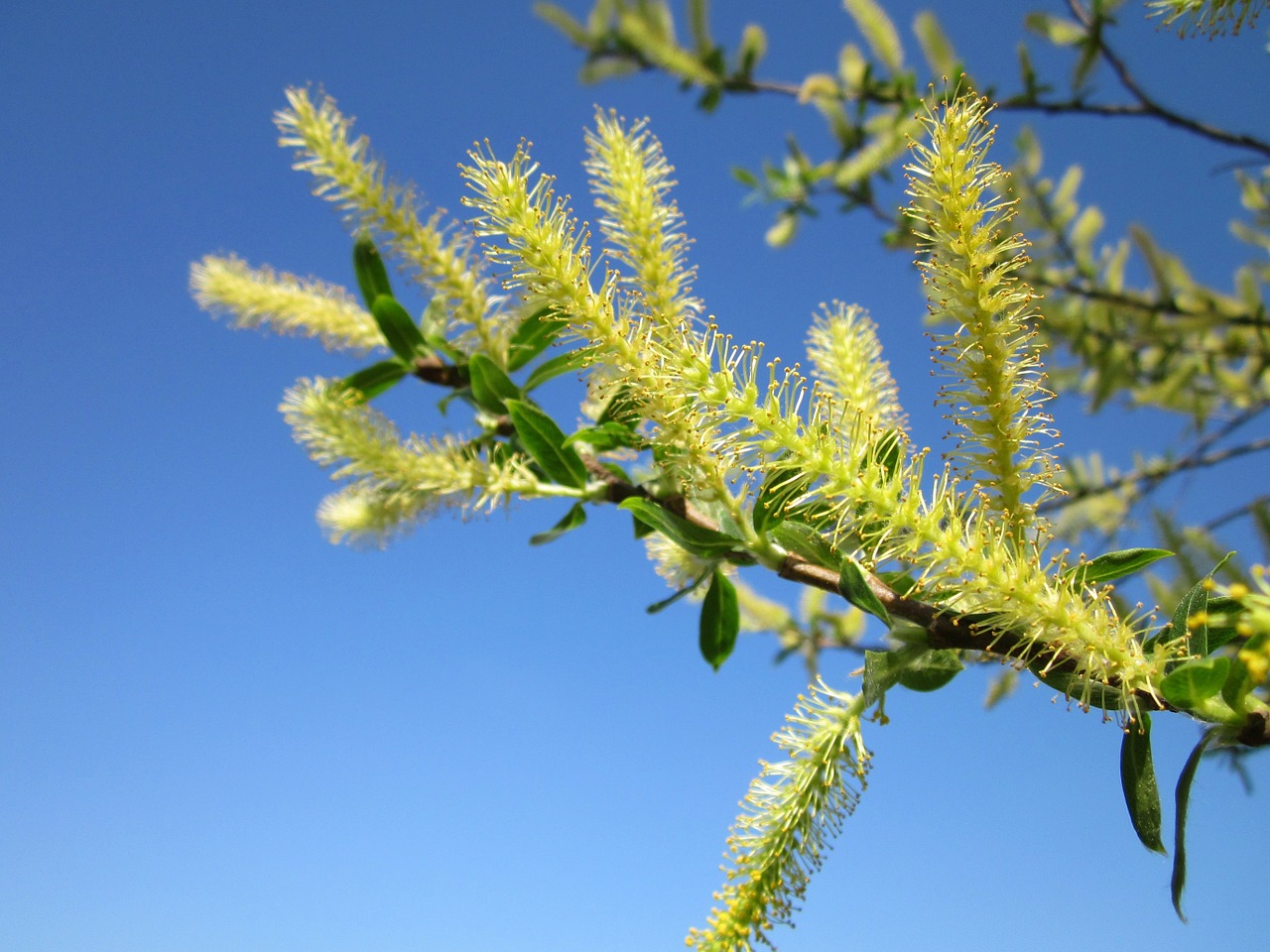

Finally, and with great difficulty, the Lithuanians felled them with long spears." Location The Master and his Brothers put up a heroic defense until their horses were slain and even then fought on foot and felled many men before they were vanquished. I lament the deaths of so many heroes who were so easily slain. In the swamp, they could offer but weak resistance, and they were cut down like women. The next day the Christians thought to ride away early, but they had to fight the pagans though they did not want to. The Livonian Rhymed Chronicle described the pagan's defeat of the Sword-Brothers at the battle of Saule: "More heathens arrived. Those crusaders and knights who tried to flee to Riga were allegedly killed by the Semigallians. Almost all members of the Order, including Volkwin, died in the battle. The lightly armed native forces under the command of the Brothers soon fled from the battle. The slaughter of the Christian troops, including Volkwin, sowed the seeds of confusion in the Livonian ranks. The swampy terrain was advantageous for the lightly armed pagans. The Lithuanian light cavalry flung javelins at short range, which were highly effective against the unwieldy Livonian heavy cavalry. The next morning, on the day of Saint Maurice, the main pagan forces, possibly led by Duke Vykintas, arrived at the camp. Unwilling to risk losing their horses in the swampland, the Holsteiners refused to fight on foot, forcing the knights to camp for the night. On the knights' northward return, however, they encountered a determined group of Samogitians at a river crossing. The locals had only a few days to gather troops for defense. Events of the battle Ĭrossing the lands of Semigallians, which were not in the Order's control, the crusaders marched southward into Samogitia, raiding and plundering local settlements. Volkwin gathered a large war party, which included troops from Pskov Republic, Livonians, Latgallians, Curonians, Estonians. In the fall of 1236, a party of crusaders from Holstein arrived in Riga and demanded to be led into a battle. The Sword-Brothers wanted to keep expanding along the Daugava River and were reluctant to march against Samogitia. Volkwin targeted Samogitia, planning to conquer the coast of the Baltic Sea and connect with the Teutonic Knights in Prussia. However, the insistence of Pope Gregory IX forced him to lead a new campaign. Volkwin delayed starting military actions for an entire summer, hoping to escape a risky operation into unexplored lands. Besides that, the Livonian Sword Brothers had still little knowledge of the lands lying south to the Order's territory.

The lack of strength was a result of interior conflicts with the Bishopric of Riga. His reluctance was determined by understanding that the Order lacked strength to wage war against the Lithuanians. Volkwin was reluctant to launch offensive actions against Lithuanian lands. However, on 19 February 1236, Pope Gregory IX issued a papal bull declaring a crusade against Lithuania. The Order was in conflict with the papacy under Pope Gregory IX and the Holy Roman Emperor, two of its biggest supporters, over Estonia. By the 1230s under the leadership of Master Volkwin, the Order was coping with strained financial resources, decreasing manpower, and ill reputation. The Sword-Brothers were established in 1202 in Riga to conquer and convert pagan Baltic tribes to Christianity. To commemorate the battle, in 2000 the Lithuanian and Latvian parliaments declared 22 September to be the Baltic Unity Day. Some thirty years' worth of conquests on the left bank of Daugava were lost. The battle inspired rebellions among the Curonians, Semigallians, Selonians, Oeselians, tribes previously conquered by the Sword-Brothers. The Sword-Brothers, the first Catholic military order established in the Baltic lands, was soundly defeated and its remnants accepted incorporation into the Teutonic Order in 1237. It was the earliest large-scale defeat suffered by the orders in Baltic lands. Between 48 and 60 knights were killed, including the Livonian Master, Volkwin. The Battle of Saule ( Lithuanian: Saulės mūšis / Šiaulių mūšis German: Schlacht von Schaulen Latvian: Saules kauja) was fought on 22 September 1236, between the Livonian Brothers of the Sword and pagan troops of Samogitians and Semigallians. The Livonian Confederation in 1260, showing the Battle of Saule near Šiauliai


 0 kommentar(er)
0 kommentar(er)
